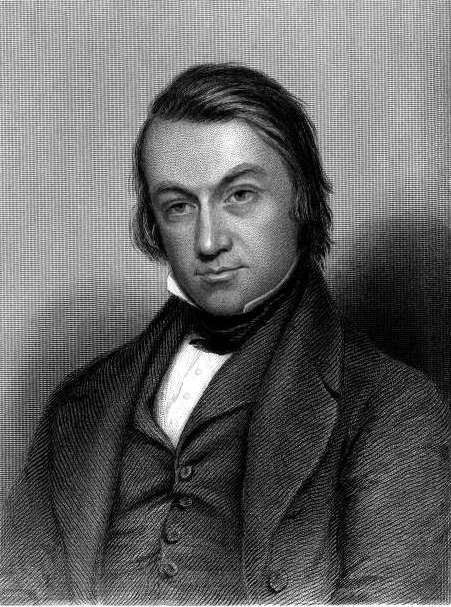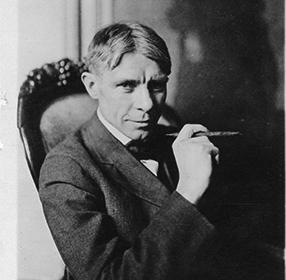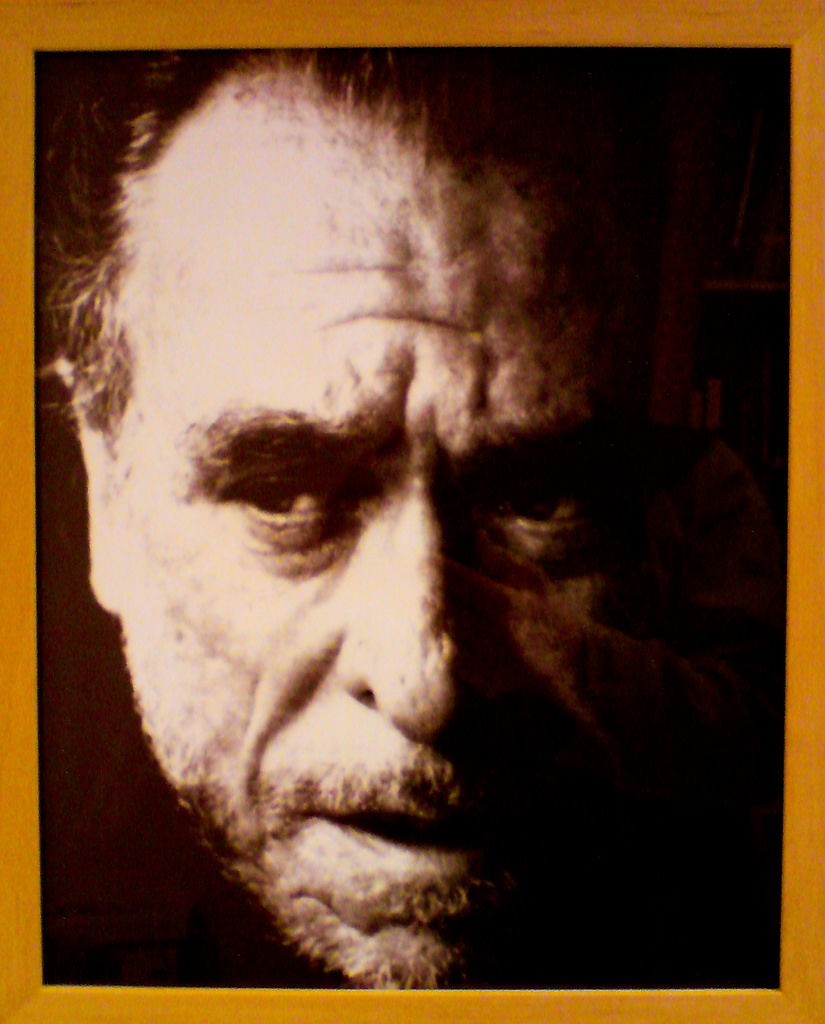Introduction to the Poet:
Christina Georgina Rossetti (5 December 1830 – 29 December 1894) was an English poet who wrote a variety of romantic, devotional, and children’s poems.
Of all Victorian women poets, posterity has been kindest to Christina Rossetti. Her poetry has never disappeared from view, and her reputation, though it suffered a decline in the first half of the twentieth century, has always been preserved to some degree in Rossetti’s lifetime opinion was divided over whether she or Elizabeth Barrett Browning was the greatest female poet of the era; in any case, after Browning’s death in 1861 readers saw Rossetti as the older poet’s rightful successor.
Christina Rossetti was born in Charlotte Street (now 105 Hallam Street), London, to Gabriele Rossetti, a poet and a political exile from Vasto, Abruzzo, and Frances Polidori, the sister of Lord Byron‘s friend and physician, John William Polidori. She had two brothers and a sister: Dante Gabriel became an influential artist and poet, and William Michael and Maria both became writers. Christina, the youngest, was a lively child. She dictated her first story to her mother before she had learned to write.
Rossetti was educated at home by her mother and father, who had her study religious works, classics, fairy tales and novels. Rossetti delighted in the works of Keats, Scott, Ann Radcliffe and Matthew Lewis. The influence of the work of Dante Alighieri, Petrarch and other Italian writers filled the home and would have a deep impact on Rossetti’s later writing. Their home was open to visiting Italian scholars, artists and revolutionaries. The family homes in Bloomsbury at 38 and later 50 Charlotte Street were within easy reach of Madam Tussauds, London Zoo and the newly opened Regent’s Park, which she visited regularly; in contrast to her parents, Rossetti was very much a London child, and, it seems, a happy one.
In the later decades of her life, Rossetti suffered from Graves’ Disease, diagnosed in 1872 suffering a nearly fatal attack in the early 1870s. In 1893, she developed breast cancer and though a tumour was removed, she suffered a recurrence in September 1894. She died in Bloomsbury on 29 December 1894 and was buried in Highgate Cemetery.
About Spring:
The poem ‘Spring Quiet’ is a wonderful representation of the Spring season with its attribute and features. The poem is a soulful song of the spring, closely associated with nature, the singing thrush, the brown Robin are present with the sweet nectar in the air.
The Setting of Spring:
The poem is during the spring, after the departure of the winter. As there is a mention of the song thrush, robins singing melodically, birds singing, and wonderful ambience, the season is spring.
Throughout the poem, the poetess describes the blossoming nature of the atmosphere that makes a deep impact in the mind of the readers.
The setting wonderfully represents the spring season.
Poetic Devices in Spring:
The poem is written in the rhyme scheme of ABCB.
Imagery:
The poem has a wonderful imagery of nature From the beginning of the poem, the soothing circumstances are described in details. From the departure of the winter and the arrival of the spring, the birds are singing and moving from boughs to boughs, as if tempting the poetess to become a bird herself and dance with the changing spring. The poem is itself an imagery of this wonderful season.
Symbolism:
“Full of sweet scents,
And whispering air
Which sayeth softly:
We spread no snare;”
The above lines are a symbolism signifying that the season is one of freedom, without traps and inhibitions. The poem lines bring out a sense of joy and inner thrill.
Summary of Spring:
The poem begins with:
“Gone were but the Winter,
Come were but the Spring,
I would go to a covert
Where the birds sing;”
The poetess is elated with the departure of winter and the arrival of spring, and she wants to go to a private shelter and a private place hidden from the world where the music of birds are prevalent.
She goes on to say,
“Where in the whitethorn
Singeth a thrush,
And a robin sings
In the holly-bush.
Full of fresh scents
Are the budding boughs
Arching high over
A cool green house:”
: in the Whitehorn, when a singing thrush sings and the robins sing in the bush, it becomes as if a place of devotion and holiness. Actually, The song thrush (Turdus philomelos) is a thrush that breeds across much of Eurasia. It has brown upperparts and black-spotted cream or buff underparts and has three recognised subspecies. Its distinctive song, which has repeated musical phrases, has frequently been referred to in poetry.
The atmosphere is further purified by the beautiful scent and the growing trees which provide a wonderful shade over the green house.
Full of sweet scents,
And whispering air
Which sayeth softly:
“We spread no snare;
“Here dwell in safety,
Here dwell alone,
With a clear stream
And a mossy stone.
“Here the sun shineth
Most shadily;
Here is heard an echo
Of the far sea,
Though far off it be.”
Lastly, the poetess says that the place is serene and calm, with the sense of freedom, where the birds can dwell freely and every other living element finds a sense of calm among the beautiful ambience.
The sun shines and the echo of the splashing water of far away sea is often heard in the tranquillity.
Critical Analysis of Spring:
The poem is a masterpiece describing nature in its most glamorous form, without a pompous note and almost synchronising with the calm mood of the reader. As if lulling us into a sense of charm and happiness, the poem briefly describes the season of spring.
The mention of the birds singing, the singing thrush predominating, with an air full of sweet and fresh sense is just another form o paradise itself. The surrounding is so calm that the poetess transcends to a world of serenity and peace.
The peaceful ambience is briefly described but the most touching portion of the piece is that the world can resonate with the feeling of the poetess of the wonderful atmosphere and deep serenity that the world bestows upon us, where even the sound of the far away sea is heard.
Central Theme of Spring:
The central theme deals with one of happiness and joy with the season Spring. As the winter has gone by and the spring is at the door, the poetess is happier than ever looking at the greater diversities of nature, bringing forward the supremacy of sense and realisation, dawning upon one with the beautiful season.
The mention of the birds, the songs and the safe and secure environment, brings one closer to the poem itself and build s in a feeling of happiness and love.
Lastly, quietness is an important aspect. Though it might seem an illogical reference, hearing the waves of the sea from distant is a wonderful phenomenon that comes with quietness and concentration.
The tone of Spring:
The tone of the poem is joyful and remains throughout the poem. The beginning of the poem celebrates the arrival of spring and this blooming season is expressed in every manner throughout the poem. The singing of birds in a poetic rhyme, the sweet scent and fresh environment portrays joy and happiness throughout the season and thus the tone remains one of elation throughout.
Conclusion:
On the conclusion, it is appropriate to say, that the poem is a wonderful expression of celebrating the joys of nature and the resources that it gifts us and the celebration of spring with utmost love. The season itself brings joy and happiness and Rosetti wonderfully portrayed the poem, with appropriate sense and explanation.
Contributor: Bidisha Das
Some online learning platforms provide certifications, while others are designed to simply grow your skills in your personal and professional life. Including Masterclass and Coursera, here are our recommendations for the best online learning platforms you can sign up for today.
The 7 Best Online Learning Platforms of 2022
- Best Overall: Coursera
- Best for Niche Topics: Udemy
- Best for Creative Fields: Skillshare
- Best for Celebrity Lessons: MasterClass
- Best for STEM: EdX
- Best for Career Building: Udacity
- Best for Data Learning: Pluralsight
















